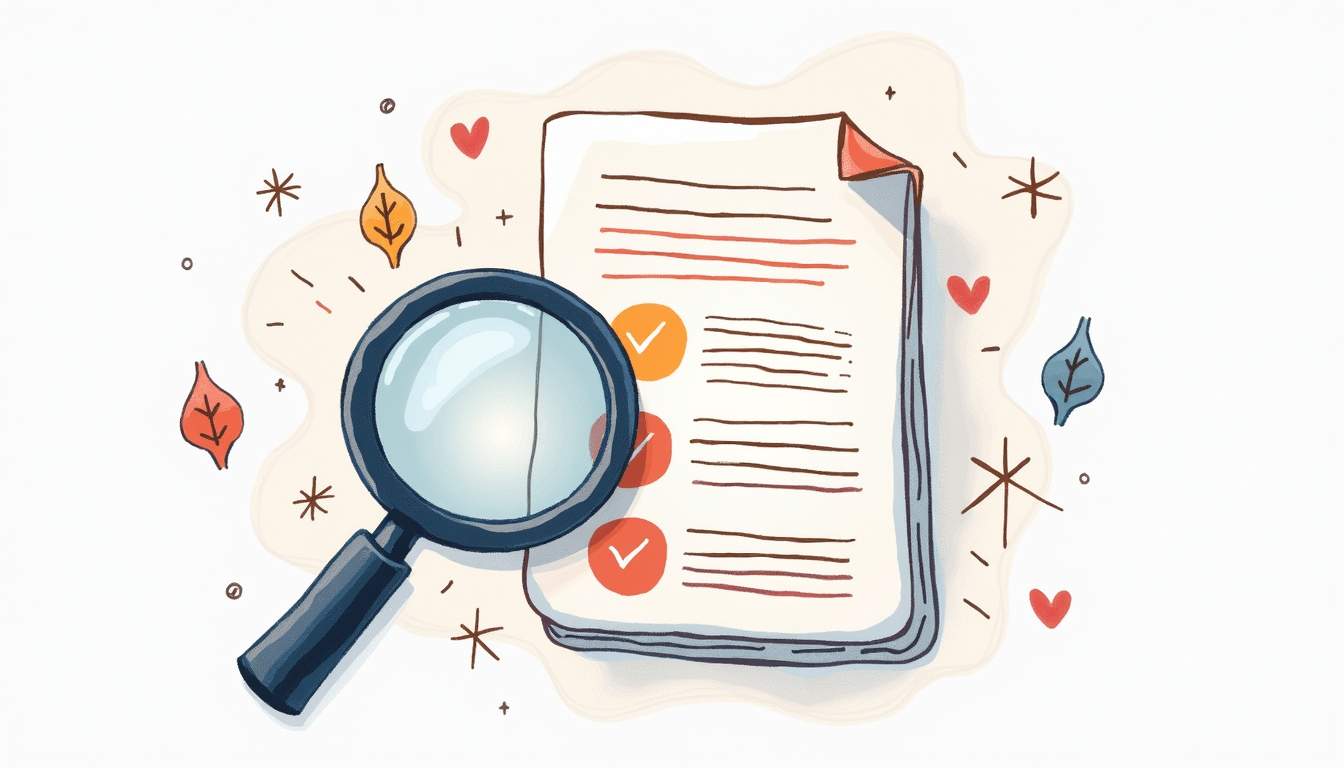Customer feedback is a crucial component for businesses aiming to enhance their products and services. Understanding and analyzing this feedback can significantly impact customer retention rates – a vital metric for any organization seeking long-term success.
In this article, we will explore the importance of customer feedback, methods for collecting it, ways to analyze the data, and how to turn insights into actionable strategies. Each section will provide valuable insights to help your organization thrive by maintaining a satisfied customer base.
Understanding the Importance of Customer Feedback
Customer feedback provides organizations with a direct line to their audience, allowing them to understand consumer needs, preferences, and pain points. This information is critical for developing products and services that meet the evolving expectations of customers. In today’s fast-paced market, where consumer preferences can shift rapidly, staying attuned to feedback can be the difference between a thriving business and one that struggles to keep up. By leveraging feedback effectively, companies can not only enhance their offerings but also build a more engaged community around their brand.

The Role of Feedback in Customer Retention
Feedback is more than just data; it’s an opportunity to improve customer experiences. By actively listening and reacting to customer inputs, businesses can reduce churn rates and foster loyalty. Loyal customers tend to spend more and refer others to the brand, contributing to sustained business growth. Furthermore, the cost of acquiring new customers often far exceeds the cost of retaining existing ones, making customer retention strategies fueled by feedback not just beneficial but essential for long-term success.
Besides fostering loyalty, feedback helps in identifying gaps that need to be addressed to prevent customer dissatisfaction. It informs the company of underlying issues that might not be apparent through other metrics. For instance, a customer may express frustration over a specific feature of a product that wasn’t previously on the company’s radar. Addressing such concerns not only improves the product but also shows customers that their opinions are valued, thereby strengthening the relationship between the business and its clientele.
Types of Customer Feedback
There are various types of customer feedback, including direct feedback through surveys and indirect feedback gleaned from social media and reviews. Both types are essential as they offer complementary insights, providing a comprehensive view of customer sentiment. Direct feedback, such as that obtained through structured surveys, allows businesses to ask specific questions and gather quantifiable data, while indirect feedback from social media can reveal unfiltered opinions and trends that may not surface in formal settings.
Understanding these types also allows businesses to tailor their feedback collection strategies, ensuring that every relevant aspect of the customer experience is being investigated and improved upon. For example, companies may choose to implement Net Promoter Score (NPS) surveys to gauge customer loyalty, while simultaneously monitoring social media platforms for spontaneous feedback. This dual approach not only enriches the data collected but also empowers organizations to respond swiftly to both positive and negative sentiments, creating a dynamic feedback loop that enhances overall customer satisfaction and engagement.
Collecting Customer Feedback Effectively
Efficiently collecting customer feedback is foundational to any retention strategy. The method of collection can heavily influence the quality and depth of information sourced from customers. It’s essential that businesses structure their feedback systems to align with their objectives. By doing so, companies can not only identify areas for improvement but also recognize their strengths, allowing them to build on what works well and enhance customer satisfaction.

Methods for Gathering Feedback
Common feedback collection methods include surveys, focus groups, and customer interviews. Additionally, monitoring social media for unsolicited feedback and conducting online reviews analysis can significantly enrich your understanding of customer feelings. Each of these methods can be tailored to fit specific contexts; for instance, focus groups can be particularly effective for testing new product ideas or marketing strategies, as they allow for dynamic discussions that can reveal nuanced customer opinions.
Each method has its strengths and weaknesses. Surveys can cover a wide base, while interviews offer deeper insights. Blending these approaches tends to yield the most robust dataset. For example, a company might start with a broad survey to gauge general sentiment and then follow up with in-depth interviews to explore specific themes that emerge. This layered approach not only enhances the richness of the data collected but also fosters a sense of engagement among customers, who appreciate being asked for their opinions in a more personal setting.
Choosing the Right Tools and Platforms
Choosing the appropriate tools and platforms for feedback collection depends on various factors, including business size, goals, and customer demographics. Tools like SurveyMonkey and Google Forms offer basic surveying capabilities, while advanced platforms like Qualtrics provide more robust analytical features. Additionally, businesses should consider user-friendliness and accessibility, ensuring that customers can easily navigate the feedback process without frustration.
It’s also crucial to ensure that the tools integrate well with existing customer relationship management (CRM) systems, providing a seamless experience both for the customer providing feedback and the company collecting it. Integration can streamline data collection and analysis, allowing businesses to quickly act on insights gained from feedback. Furthermore, leveraging automation in follow-up communications can enhance customer engagement, as timely responses to feedback show customers that their opinions are valued and taken seriously. This not only fosters loyalty but can also encourage customers to share their positive experiences with others, amplifying the impact of effective feedback collection strategies.
Analyzing Customer Feedback
Raw feedback is only as valuable as the insights drawn from it. The analysis process can convert an overwhelming amount of customer data into actionable strategy points. Businesses need effective analysis methodologies to leverage this information correctly. By systematically categorizing and interpreting this feedback, companies can uncover hidden opportunities and address pain points that may not be immediately apparent. This proactive approach to customer feedback not only enhances customer satisfaction but also fosters loyalty, as customers feel heard and valued.
Qualitative vs. Quantitative Analysis
Quantitative analysis deals with numerical data and helps in identifying trends and patterns over time. Qualitative analysis provides context to numbers, offering deeper insights through detailed customer comments and narratives. For instance, while a survey may reveal that 70% of customers are satisfied with a product, qualitative feedback can shed light on the specific features that drive this satisfaction or the aspects that may need improvement. This dual approach ensures that businesses do not just rely on numbers but also understand the underlying emotions and motivations of their customers.
For a comprehensive understanding, it’s essential to incorporate both types of analysis. Quantitative data provides the “what,” while qualitative analysis offers the “why.” Together, they enable businesses to craft precise, data-driven strategies. This synergy can lead to innovative product developments and tailored marketing campaigns that resonate more deeply with target audiences. By integrating customer voices into their decision-making processes, companies can create a more customer-centric culture that prioritizes the needs and preferences of their clientele.
Identifying Key Trends and Patterns
During analysis, patterns emerge that highlight common customer sentiments. These could be recurring complaints, frequently requested features, or widespread praise for specific services. By spotting these trends, companies can prioritize issues and improvements. For example, if multiple customers express dissatisfaction with a particular aspect of a service, it signals an urgent need for enhancement. Conversely, consistent positive feedback on a feature can be leveraged in marketing strategies to attract new customers and retain existing ones.
Regular analysis keeps these patterns up-to-date, ensuring that businesses remain responsive to current customer desires and market shifts, thus facilitating proactive service enhancements rather than reactive fixes. Moreover, tracking these trends over time can reveal shifts in customer expectations and preferences, allowing businesses to adapt their offerings accordingly. This continuous feedback loop not only enhances operational efficiency but also positions a company as an industry leader that is attuned to the evolving landscape of customer needs and market dynamics. By making data-driven decisions, organizations can stay ahead of the competition and foster a culture of innovation that thrives on customer insights.
Turning Feedback into Actionable Insights
Collecting and analyzing feedback is only part of the journey. The real value lies in transforming these insights into concrete actions that drive improvements in customer satisfaction and retention.
Prioritizing Customer Suggestions
Not all feedback can be actioned immediately due to resource constraints. It is crucial to prioritize changes by considering factors such as impact on customer satisfaction, cost, and alignment with business strategy.
Incorporating customer feedback into the product development roadmaps ensures that improvements align with customer expectations while enhancing the value delivered by the organization.
Implementing Changes Based on Feedback
The implementation of strategies derived from customer feedback can be complex but is ultimately rewarding. It’s essential to plan effectively, communicate transparently with customers regarding changes, and integrate proposed solutions seamlessly into current operations.
Regularly reviewing and adjusting your strategies based on new feedback ensures continued alignment with customer needs and maximizes the impact of each strategy executed.
Measuring the Impact of Feedback on Retention
Once changes are implemented, it is crucial to measure their impact on customer retention to understand their effectiveness. This continuous loop of feedback and adaptation contributes to a sustainable improvement cycle.

Setting Metrics for Success
Establishing clear metrics before implementing changes allows businesses to measure success accurately. Metrics like Net Promoter Score (NPS), Customer Satisfaction Score (CSAT), and Retention Rate provide tangible benchmarks for assessing changes.
These metrics, when systematically tracked over time, offer insights into how customer feedback initiatives are affecting retention and satisfaction levels.
Monitoring Changes in Customer Retention Rates
Consistent monitoring of retention rates post-implementation is vital to understand the long-term benefits of feedback-derived changes. Retention rates directly influence profitability and growth potential.
By linking feedback to customer retention metrics, businesses can fine-tune their strategies and continue to evolve in response to customer feedback, achieving a cycle of continuous improvement and customer satisfaction.
Enhance Your Hotel’s Customer Retention with Prosper Hotels
Understanding and acting on customer feedback is essential for any hotel looking to improve guest satisfaction and retention rates. At Prosper Hotels, we specialize in elevating your hotel’s performance with our comprehensive revenue management, digital marketing, and group housing services. Our experienced team is ready to help you transform customer feedback into profitable strategies and exceptional guest experiences. Learn More about how we can assist in achieving your hotel’s maximum potential and driving sustainable growth.


 Drive More Hotel Revenue
Through Untapped Strategies
Drive More Hotel Revenue
Through Untapped Strategies
